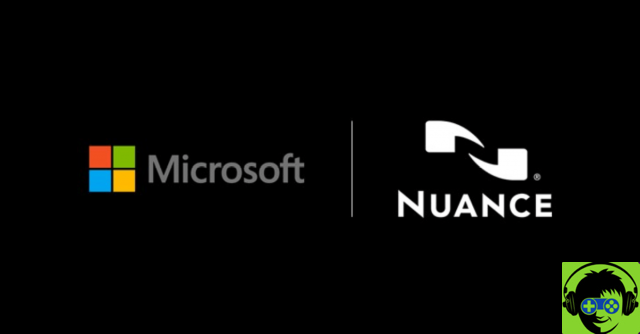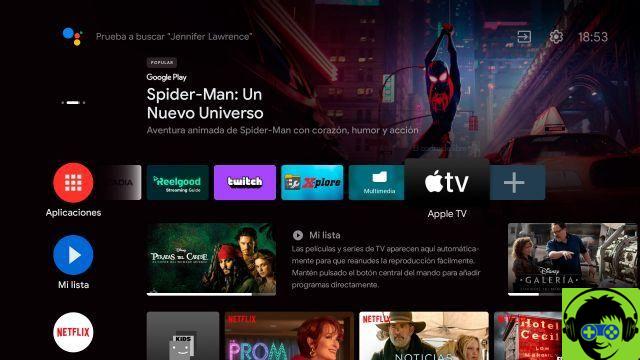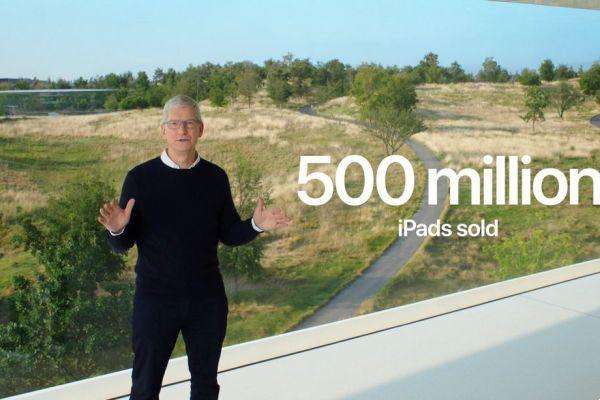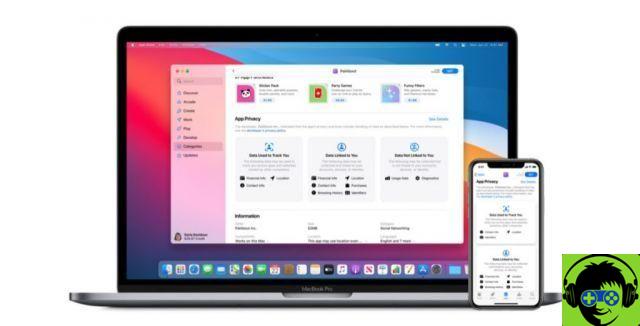Parallels has published a blog post about the availability of a version of Parallels capable of running virtual machines on new Apple computers with the M1 chip.
Parallels is impressed with the performance, energy efficiency, and virtualization capabilities that come with Apple's M1-chip Mac. The transition from the Mac to the M1 chip should be smooth for most Mac applications thanks to Rosetta technology.

Fortunately, Parallels Access, Parallels Toolbox, and the Parallels software client were already working fine before Parallels recompiled them as universal binaries. However, virtual machines are an exception.
It is important to note that current versions of Parallels Desktop for Mac cannot use virtual machines on the Mac with the M1 chip. The good news: A new version of Parallels Desktop for Mac that can run on Mac with the M1 chip is already under active development.
When Macs with Apple Silicon were announced during WWDC 2020 on June 22, Apple unveiled a prototype of Parallels Desktop for Mac using a seamless Linux virtual machine.
Since WWDC, the new version of Parallels Desktop running on Mac with the Apple M1 chip has come a long way. We have converted Parallels Desktop to universal binary and optimized its virtualization code, and the version we can't wait to test on these new MacBook Air, Mac mini and MacBook Pro 13 ″ promises a lot.
Parallels is also pleased to know that Microsoft will add support for 64-bit applications on Windows with ARM.


























